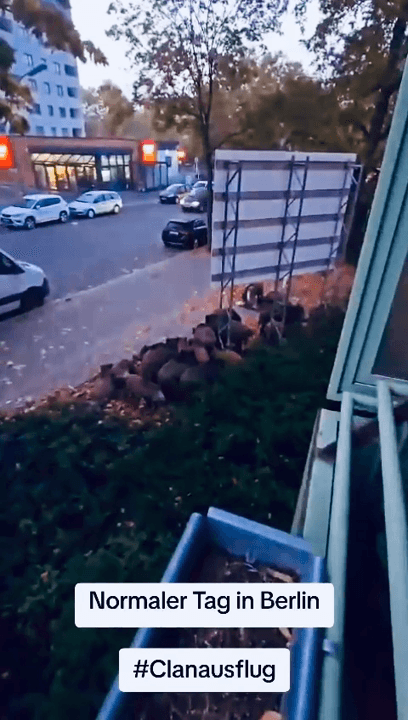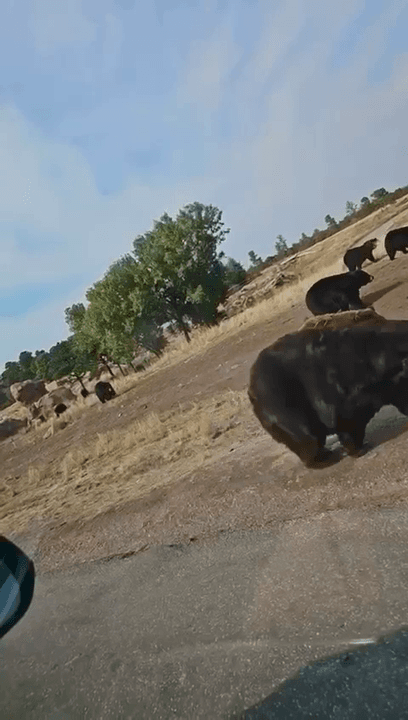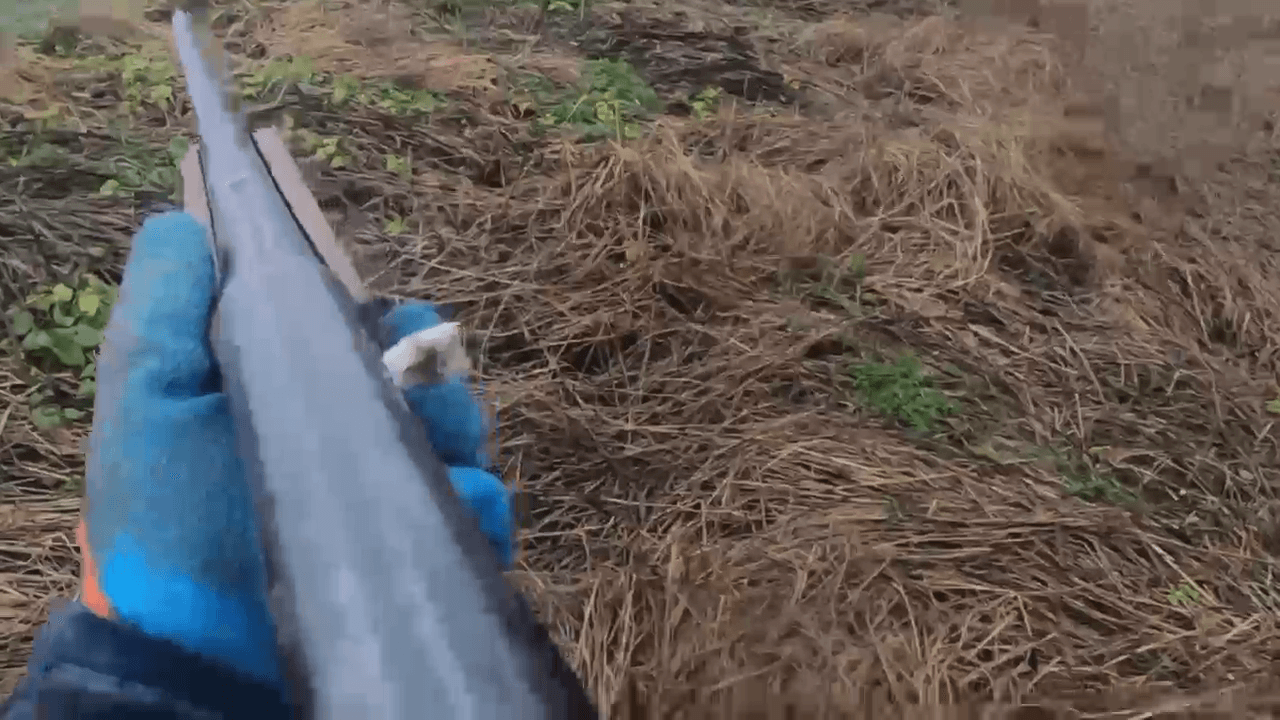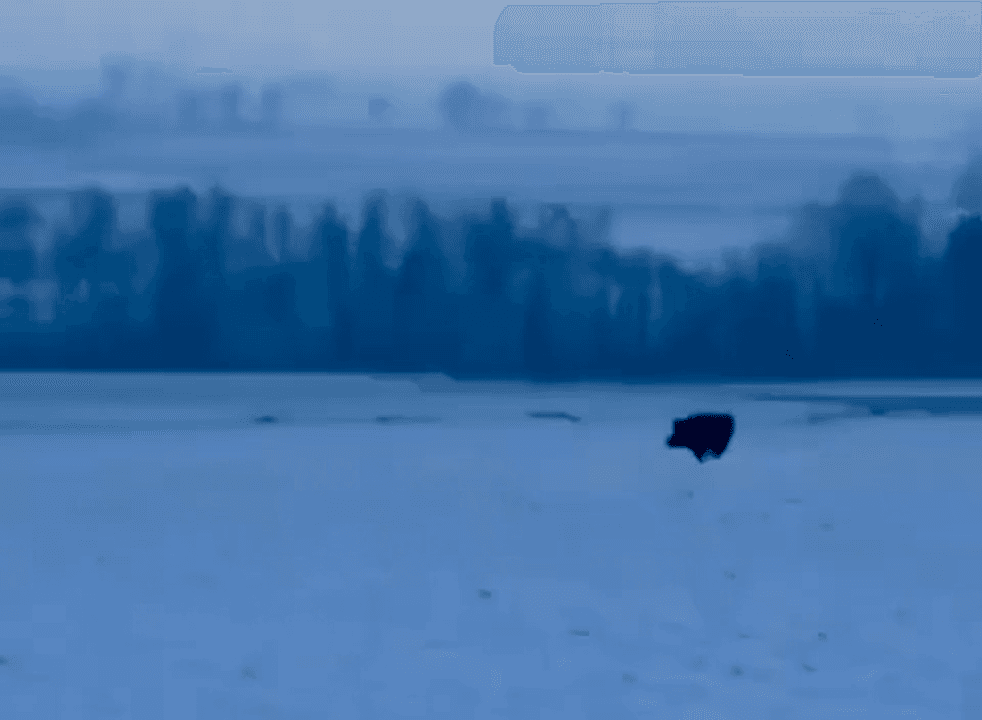
Brady Miller — Hunting Influencer and Outdoor Blogger specializing in hunting in the mountains of the United States Who is Brady Miller: a hunting influencer and blogger with many years of experience Brady Miller is a well-known hunting influencer and outdoor blogger who holds a key position in the editorial office of goHUNT.com. In his role, he is responsible for content marketing strategy, blogging, social media management, and developing educational materials for hunters. He is also a regular contributor to industry publications, including Trophy Hunter Magazine, Bowhunting Journal, and Western Hunter. Hunting geography: where the hunting influencer and blogger hunts Brady Miller primarily hunts in the western United States, in states such as Colorado, Wyoming, and Nevada. He specializes in mule deer hunting in high country terrain (High Country Hunts). He prefers public lands where he can fully utilize his skills in navigation, GPS, and advanced topographic maps. This approach
Post: 6 August 13:25















































